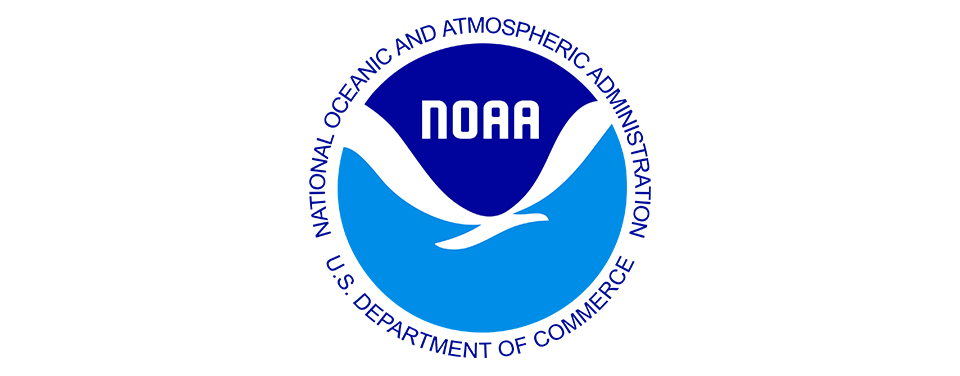295 WTNT31 KNHC 200249 TCPAT1 BULLETIN Tropical Storm Alberto Advisory Number 10 NWS National Hurricane Center Miami FL AL012024 1000 PM CDT Wed Jun 19 2024 ...ALBERTO STRENGTHENING... ...HEAVY RAINS, COASTAL FLOODING, AND GUSTY WINDS FORECAST TO CONTINUE ALONG THE COASTS OF TEXAS AND NORTHEASTERN MEXICO THROUGH THURSDAY... SUMMARY OF 1000 PM CDT...0300 UTC...INFORMATION ----------------------------------------------- LOCATION...21.5N 95.9W ABOUT 135 MI...220 KM ESE OF TAMPICO MEXICO ABOUT 320 MI...510 KM SSE OF BROWNSVILLE TEXAS MAXIMUM SUSTAINED WINDS...50 MPH...85 KM/H PRESENT MOVEMENT...W OR 260 DEGREES AT 9 MPH...15 KM/H MINIMUM CENTRAL PRESSURE...993 MB...29.33 INCHES WATCHES AND WARNINGS -------------------- CHANGES WITH THIS ADVISORY: None. SUMMARY OF WATCHES AND WARNINGS IN EFFECT: A Tropical Storm Warning is in effect for... * the Texas coast from San Luis Pass southward to the mouth of the Rio Grande. * the northeastern coast of Mexico south of the mouth of the Rio Grande to Tecolutla. A Tropical Storm Warning means that tropical storm conditions are expected somewhere within the warning area. For storm information specific to your area in the United States, including possible inland watches and warnings, please monitor products issued by your local National Weather Service forecast office. For storm information specific to your area outside of the United States, please monitor products issued by your national meteorological service. DISCUSSION AND OUTLOOK ---------------------- At 1000 PM CDT (0300 UTC), the center of Tropical Storm Alberto was located near latitude 21.5 North, longitude 95.9 West. Alberto is moving toward the west near 9 mph (15 km/h). This motion is expected to continue for the next day or so. On this track, the center of Alberto is expected to reach the Gulf coast of Mexico early Thursday. Maximum sustained winds have increased to near 50 mph (85 km/h) with higher gusts based on data from the Air Force Reserve Hurricane Hunter aircraft. Some slight strengthening is possible tonight before the center of Alberto reaches land. Weakening is expected once the center moves inland, and Alberto is likely to dissipate over Mexico on Thursday or Thursday night. Alberto is a large tropical storm, with tropical-storm-force winds extending outward up to 460 miles (740 km) from the center. The estimated minimum central pressure is 993 mb (29.33 inches) based on Air Force dropsonde data. HAZARDS AFFECTING LAND ---------------------- Key messages for Alberto can be found in the Tropical Cyclone Discussion under AWIPS header MIATCDAT1 and WMO header WTNT41 KNHC. RAINFALL: Tropical Storm Alberto is expected to produce rainfall totals of 5 to 10 inches across northeast Mexico into South Texas. Maximum totals around 20 inches are possible across the higher terrain of the Mexican states of Coahuila, Nuevo Leon, and Tamaulipas. This rainfall will likely produce considerable flash and urban flooding along with new and renewed river flooding. Mudslides are also possible in areas of higher terrain across northeast Mexico. For a complete depiction of forecast rainfall and flash flooding associated with Alberto, please see the National Weather Service Storm Total Rainfall Graphic, available at hurricanes.gov/graphics_at1.shtml?rainqpf and the Flash Flood Risk graphic at hurricanes.gov/graphics_at1.shtml?ero STORM SURGE: The combination of a dangerous storm surge and the tide will cause normally dry areas near the coast to be flooded by rising waters moving inland from the shoreline. The water could reach the following heights above ground somewhere in the indicated areas if the peak surge occurs at the time of high tide... Sargent, TX to Sabine Pass, TX...2-4 ft Galveston Bay...2-4 ft Mouth of the Rio Grande, TX to Sargent, TX...1-3 ft Sabine Pass, TX to Vermilion/Cameron Parish Line, LA...1-3 ft The deepest water will occur along the immediate coast near and to the north of the landfall location, where the surge will be accompanied by large and dangerous waves. Surge-related flooding depends on the relative timing of the surge and the tidal cycle, and can vary greatly over short distances. For information specific to your area, please see products issued by your local National Weather Service forecast office. For a complete depiction of areas at risk of storm surge inundation, please see the National Weather Service Peak Storm Surge Graphic, available at hurricanes.gov/graphics_at1.shtml?peakSurge. Storm surge will raise water levels by as much as 1 to 3 feet above normal tide levels along the immediate coast of northeastern Mexico in areas of onshore winds north of where the center makes landfall. Near the coast, the surge will be accompanied by large and destructive waves. WIND: Tropical storm conditions are expected within the warning area through early Thursday. TORNADOES: A few tornadoes are possible overnight across parts of Deep South Texas and Southeast Texas. SURF: Swells generated by Alberto will affect the coast of Texas and northeastern Mexico through Friday. These swells are likely to cause life-threatening surf and rip current conditions. Please consult products from your local weather office. NEXT ADVISORY ------------- Next intermediate advisory at 100 AM CDT. Next complete advisory at 400 AM CDT. $$ Forecaster Bucci
Source link


